Indoor plants can brighten up any space and improve air quality. However, many people struggle to find plants that will thrive in low light conditions inside their homes. The good news is that there are plenty of attractive indoor plants that actually prefer lower light. Here are the top 15 indoor plants that grow well in low light.
ZZ Plant
The ZZ plant (Zamioculcas zamiifolia) is often recommended for beginner gardeners because it is so easy to care for. This attractive plant has waxy, oval-shaped dark green leaves that emerge from thick underground rhizomes. ZZ plants are very tolerant of neglect and low light conditions. In fact, placing them in direct sunlight can actually scorch their leaves. These plants are content in virtually any indoor condition, making them an excellent choice for rooms with minimal natural light.
See also the list of rare indoor tissue culture plants in 2023
ZZ plants prefer infrequent watering. Allow the soil to dry out completely between waterings. Too much moisture can lead to root rot. Provide well-draining soil and a pot with drainage holes. Occasionally prune off any dead or dying leaves. ZZ plants propagate well from leaf cuttings placed in water or moist soil. With proper care, this resilient plant can live for many years indoors.
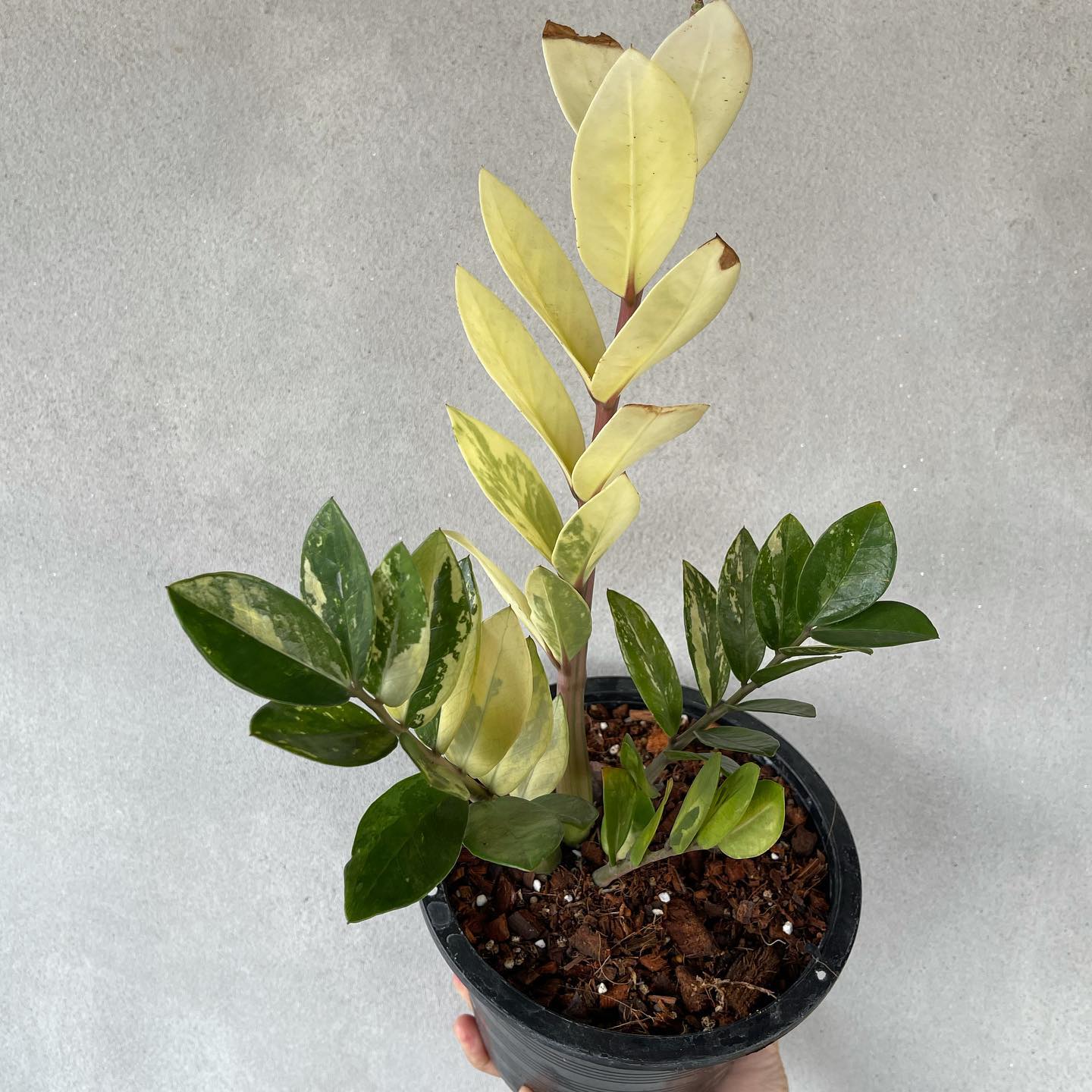
Snake Plant
Also called mother-in-law’s tongue, the snake plant (Sansevieria trifasciata) is another nearly indestructible houseplant. Its sword-like leaves have striking variegated patterns in different shades of green. Snake plants tolerate a wide range of lighting conditions. They are content in bright light but also do surprisingly well in low light.
Snake plants only need to be watered every couple weeks. Allow the soil to dry out between waterings. Too much water can lead to rotting. Well-draining soil is essential. Occasionally prune off any dead or dying leaves. Snake plants can be propagated by dividing the rhizomes or planting leaf cuttings. Their clean air abilities make them an excellent addition to any indoor environment.
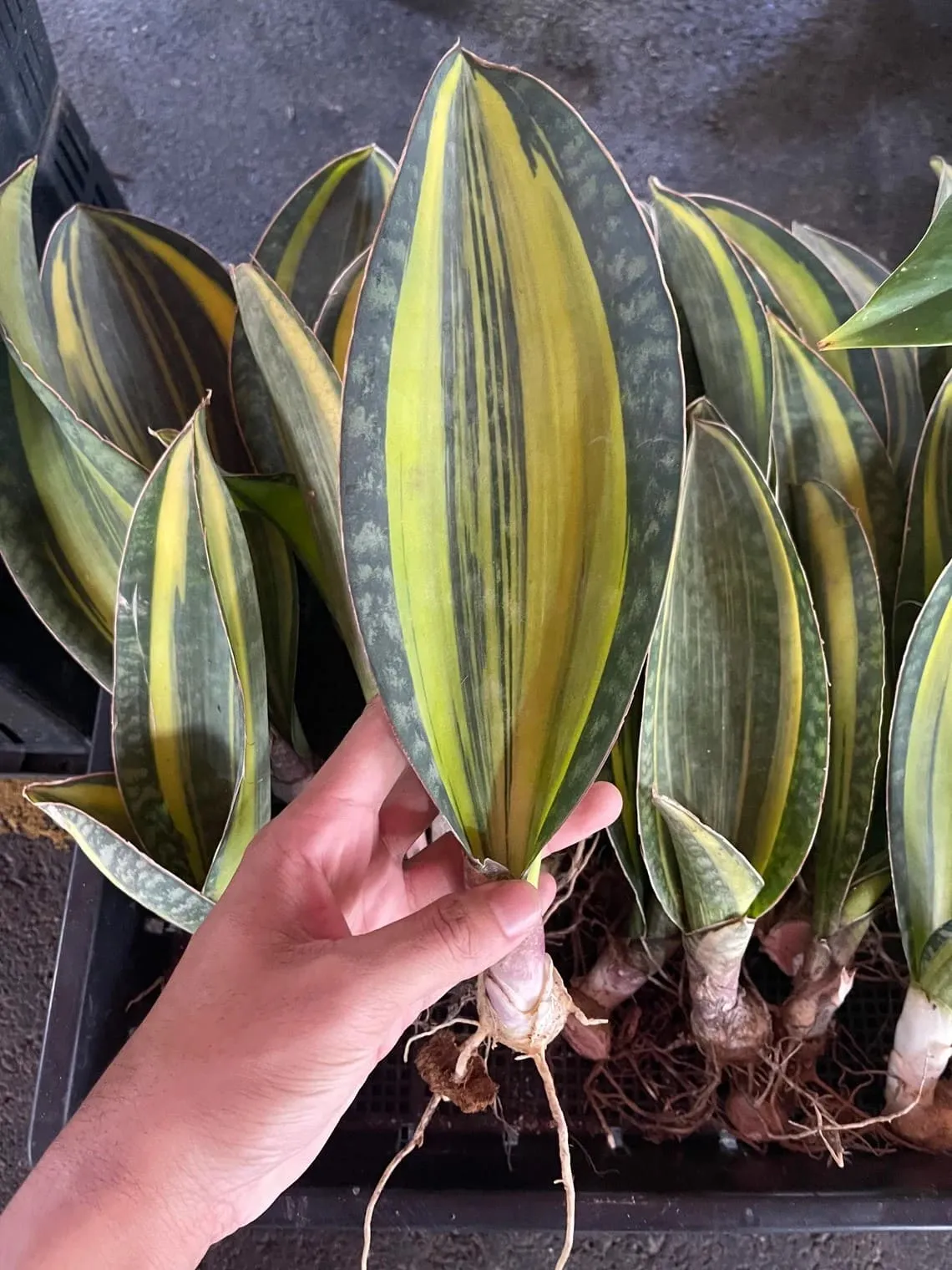
Pothos
Known for its heart-shaped leaves and trailing vines, pothos (Epipremnum aureum) is a popular houseplant. Native to the Solomon Islands, it is an aggressive grower in the wild. Indoors, regular pruning will keep it under control. Pothos tolerates low light very well. Its variegated varieties can become greener in low light but still thrive.
Pothos prefers slightly moist soil. Water whenever the top inch or two of soil dries out. Use well-draining soil and a pot with drainage holes to prevent root rot. Occasionally prune off any dead or unsightly leaves or vines. Pothos propagates easily from cuttings placed in water or moist soil. It makes a great hanging plant and can help purify indoor air.
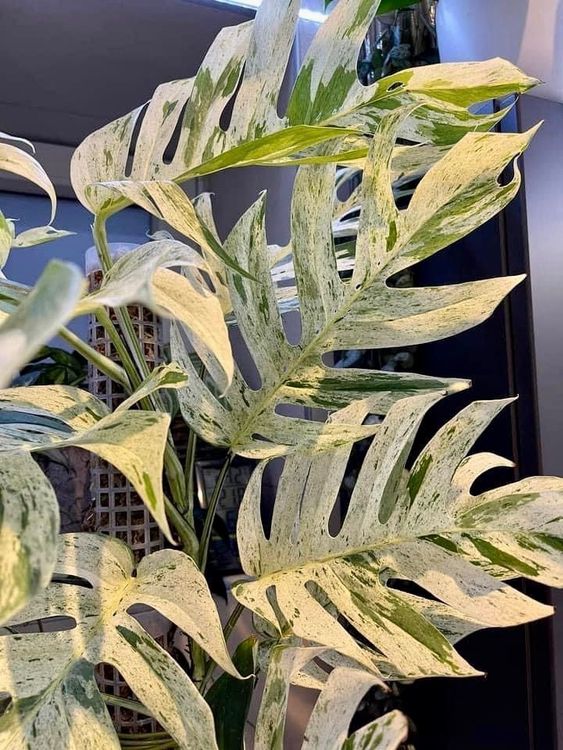
Peace Lily
The peace lily (Spathiphyllum) is a common indoor plant known for its ability to clean indoor air. It has lush dark green leaves and stunning white flowers that give it an elegant appearance. Peace lilies tolerate very low light conditions, even down to just artificial light. They also only need to be watered once a week or so.
See also the list of rare indoor plants in 2023
Allow peace lily soil to partially dry out between waterings. Overwatering can lead to root rot and leaf yellowing. Use well-draining soil and a pot with drainage holes. Prune off any dead or dying leaves as needed. Propagate by dividing the rhizomes or growing new plants from cuttings in water. With proper care, peace lilies can bloom beautifully even in rooms with minimal natural light.
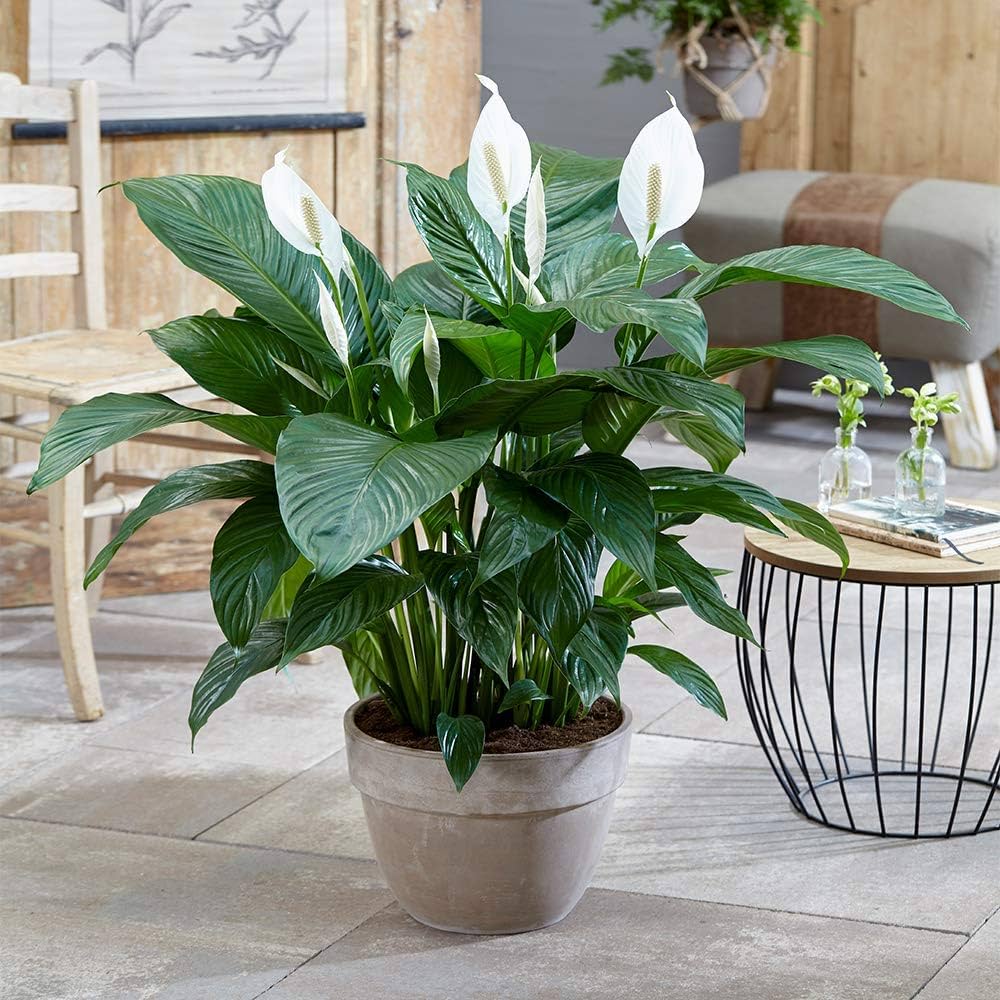
Chinese Evergreen
Chinese evergreen (Aglaonema) is an easy-care plant with striking variegated leaves. Its interesting patterns and shapes add visual interest to any indoor space. Chinese evergreen handles low light very well and needs little maintenance. It tolerates a wide range of indoor conditions, making it an excellent choice for beginners.
Water Chinese evergreen whenever the soil begins to dry out, but avoid letting it get bone dry or waterlogged. Well-draining soil and a pot with drainage holes are important. Wipe dust off the leaves periodically and prune off any dead or damaged foliage. Propagate by dividing the rhizomes or growing new plants from leaf cuttings. Chinese evergreen provides an exotic, tropical look even in darker indoor locations.
Philodendron
The philodendron is a popular indoor plant known for its heart-shaped leaves and vining growth habit. It comes in many different varieties distinguished by leaf shape and coloration. Philodendrons tolerate low light quite well. Variegated varieties may lose some of their coloration but still do fine.
Allow philodendron soil to partially dry out between waterings to prevent root rot. Water less frequently in the winter when growth slows. Mist the leaves occasionally to increase humidity. Prune off any dead or damaged leaves. Propagate philodendron by taking cuttings from the stems. Given proper care, this classic houseplant can thrive for many years even in low light conditions.
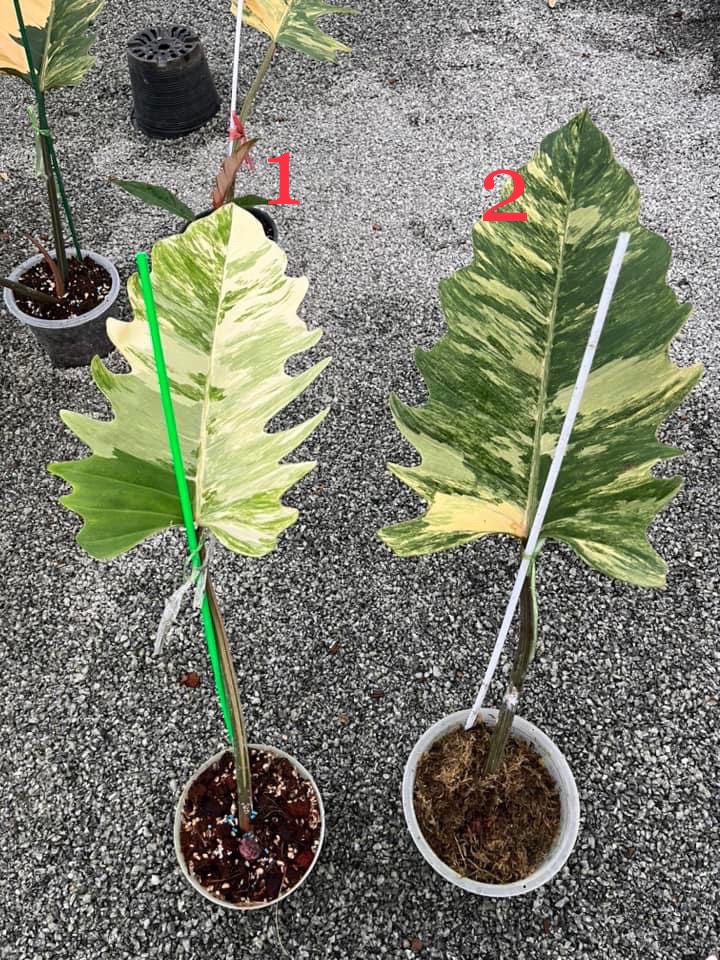
Spider Plant
The spider plant (Chlorophytum comosum) is a easy-to-grow houseplant with long, thin leaves that form a vase shape. Spider plants are very adaptable to a wide range of lighting conditions. They can thrive in bright light but also tolerate low light. Their long leaves may bend toward light sources in low light conditions.
Water spider plants when the top inch or two of soil becomes dry. Make sure the pot has drainage holes and use well-draining soil. Occasionally prune off any dead or unsightly leaves. Spider plants propagate rapidly from baby spiderettes that form on dangling stems. These can be cut off and replanted to create more plants. The spider plant helps filter air pollutants, even in rooms with minimal natural light.

Cast Iron Plant
The cast iron plant (Aspidistra elatior) is named for its ability to survive under nearly any indoor growing conditions. It has broad, lance-shaped dark green leaves that emerge from the soil on short stems. Cast iron plants tolerate very low light levels, from bright indirect light all the way down to dark corners. They also require little water or maintenance.
Allow cast iron plant soil to partially dry out between waterings. Good drainage is important to prevent root rot. Wipe dust off the leaves every now and then and remove any dead or damaged foliage. Propagate by dividing the rhizomes or growing new plants from leaf cuttings. With its deep green color and ability to grow in very low light, the cast iron plant is a great option for problematic indoor spots.
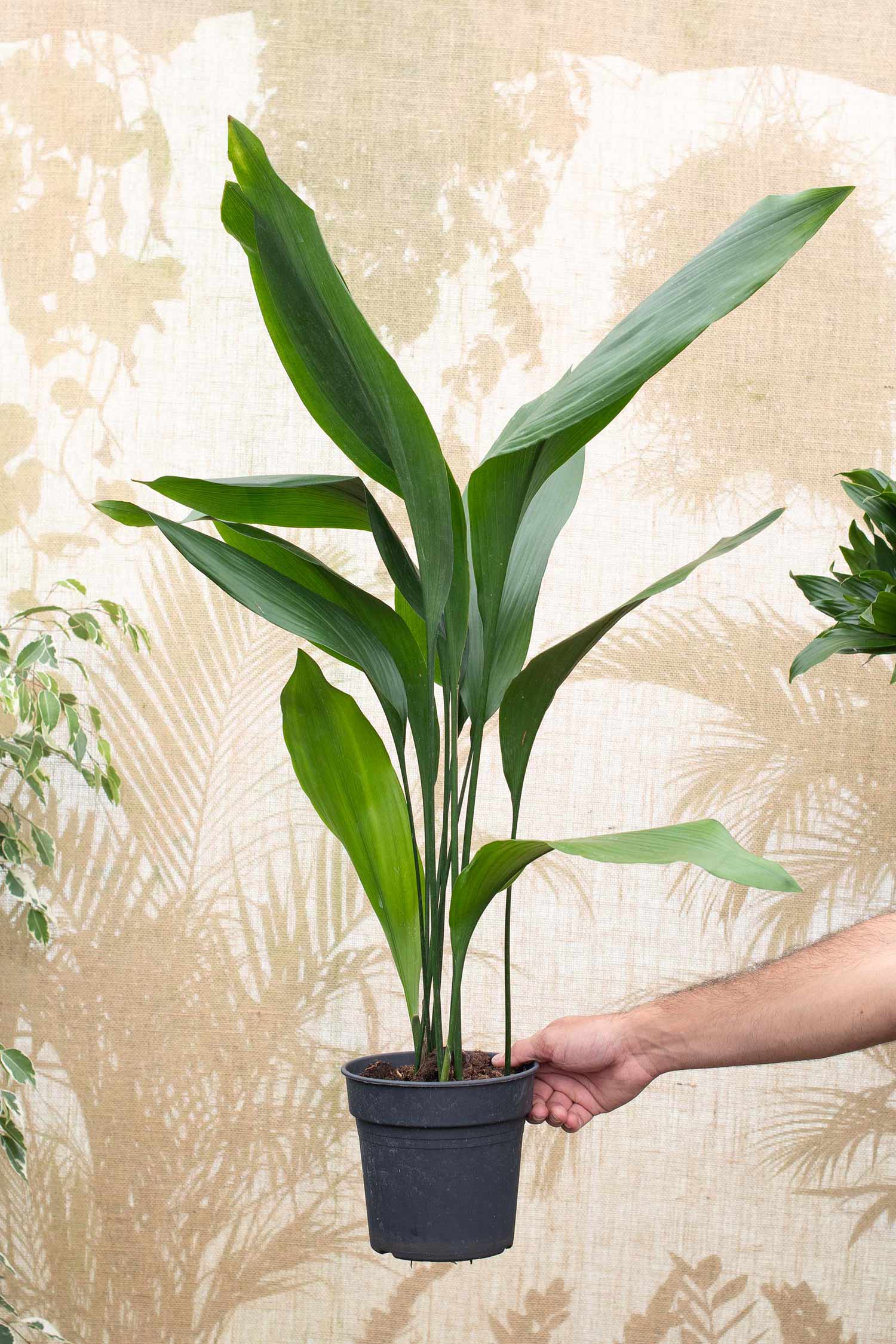
Aglaonema
Sometimes called Chinese evergreen, Aglaonema is a genus of tropical plants with patterned leaves. There are many Aglaonema varieties to choose from, often with silver or white coloration on the leaves. These striking plants tolerate low light very well, often better than their colorful Dracaena cousins.
Aglaonemas prefer moist but not soggy soil. Allow the top inch or so of soil to dry out between waterings. Good drainage is important. Dust the leaves periodically and prune off any damaged foliage. Propagate Aglaonema by dividing the rhizomes or taking cuttings of new growth. Give them medium to low light and occasional watering, and these beauties will thrive.
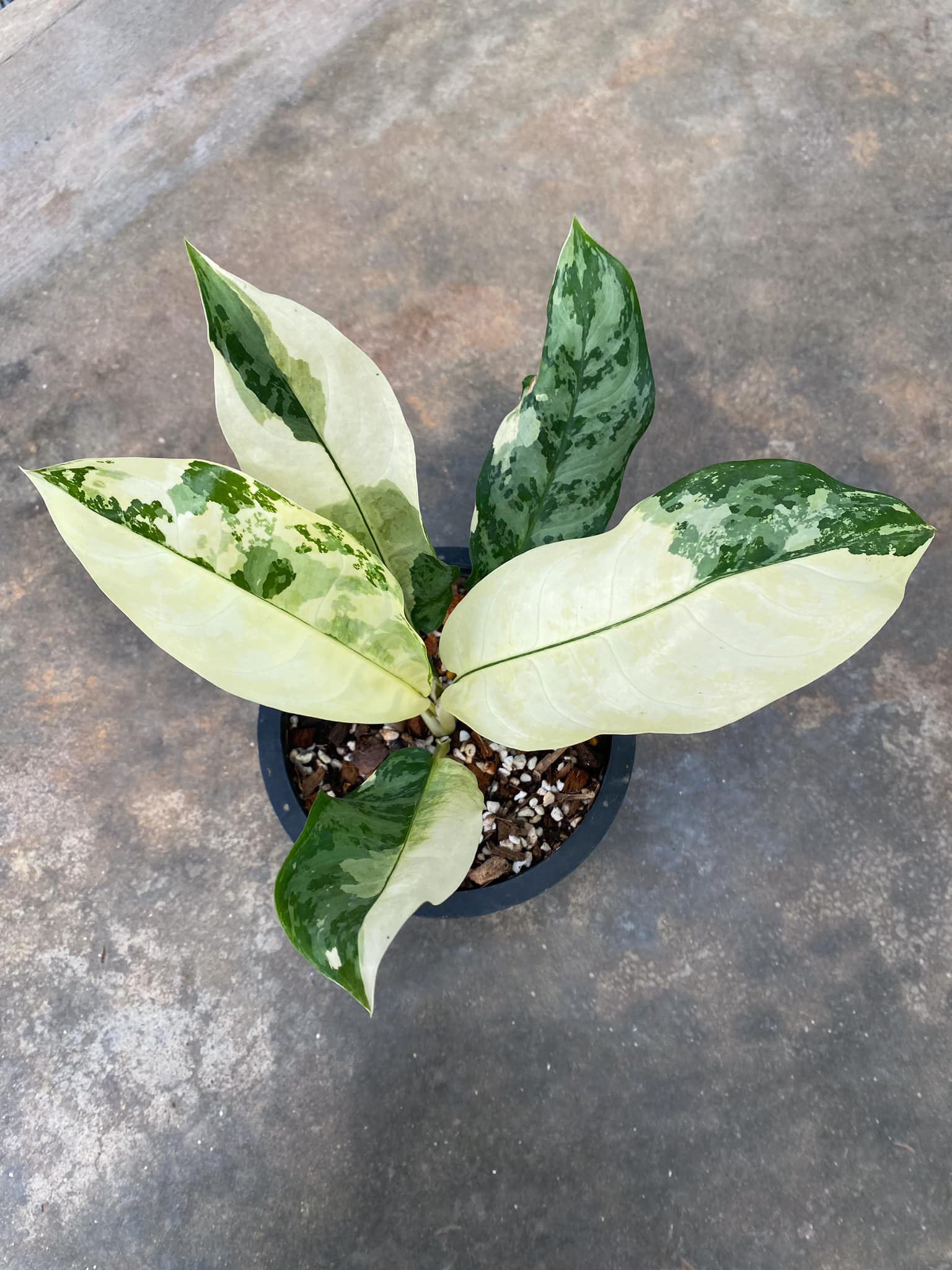
Boston Fern
Boston ferns (Nephrolepis exaltata) are an elegant indoor plant known for their long, delicate fronds. They lend a tropical vibe to indoor spaces. Boston ferns prefer at least moderate indoor light but can tolerate short periods of low light. Avoid placing them in a consistently dark corner.
Water Boston ferns whenever the top of the potting mix becomes dry. They prefer moist, humid conditions. Use a well-draining potting mix and avoid overwatering, which can lead to root rot. Mist the leaves regularly to increase humidity. Prune off any dead or dying fronds. Propagate by dividing the root ball or starting new plants from frond cuttings. Given proper care, Boston ferns can gracefully drape in even lower light rooms.
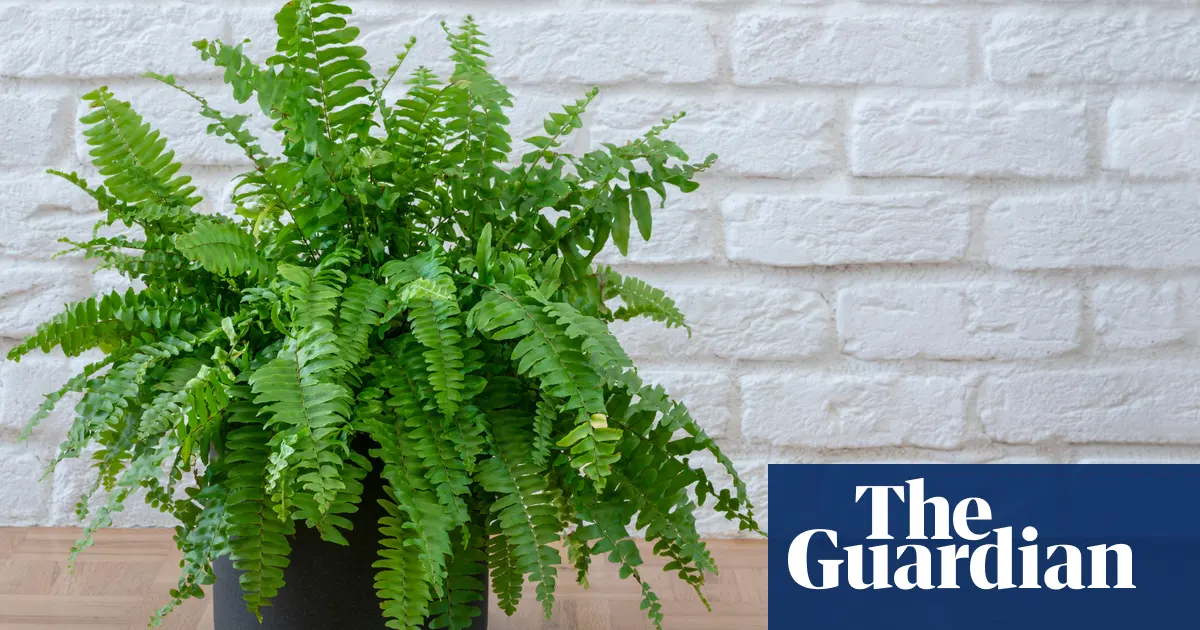
Prayer Plant
The prayer plant (Maranta leuconeura) is a low-growing tropical plant with fascinating foliage. Its oval-shaped leaves have striking patterns and seem to raise upward at night like prayer hands. Prayer plants thrive in bright, indirect light indoors but can tolerate low light for periods of time. Their foliage may become greener or smaller.
Prayer plants like evenly moist soil. Allow the top inch to dry out between waterings. Keep humidity high by misting the leaves daily. Use a well-draining potting mix and avoid soggy conditions. Gently wipe dust off the leaves and prune off any dead parts as needed. Propagate prayer plants by dividing the rhizomes when repotting. Give them medium to low light and they will beautifully accent your home.
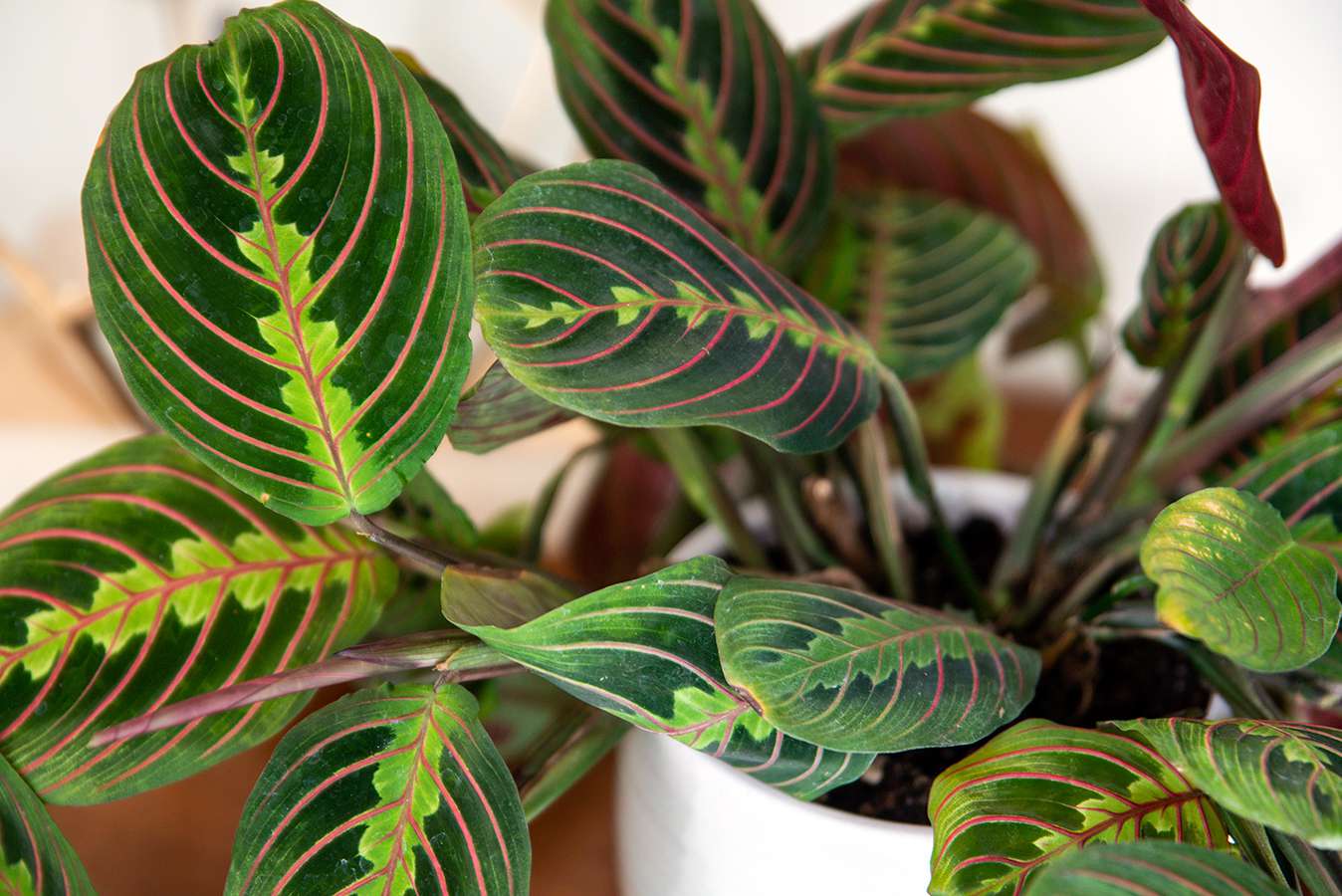
Dieffenbachia
Dieffenbachia feature oval-shaped leaves with striking variegated patterns of white, yellow, and green. They bring a cheerful tropical look to indoor spaces. Dieffenbachia tolerate low light well, though they may lose some of their coloration. Avoid direct sunlight, which can burn their leaves.
Water dieffenbachia when the top few inches of soil become dry. Allow the soil to partially dry out between waterings to prevent root rot. Mist the leaves regularly to increase humidity. Remove any dead or unsightly leaves or stems as needed. Propagate by dividing the rhizomes or by stem cuttings placed in water. Dieffenbachia adds fun color and patterns to rooms even with minimal natural light.
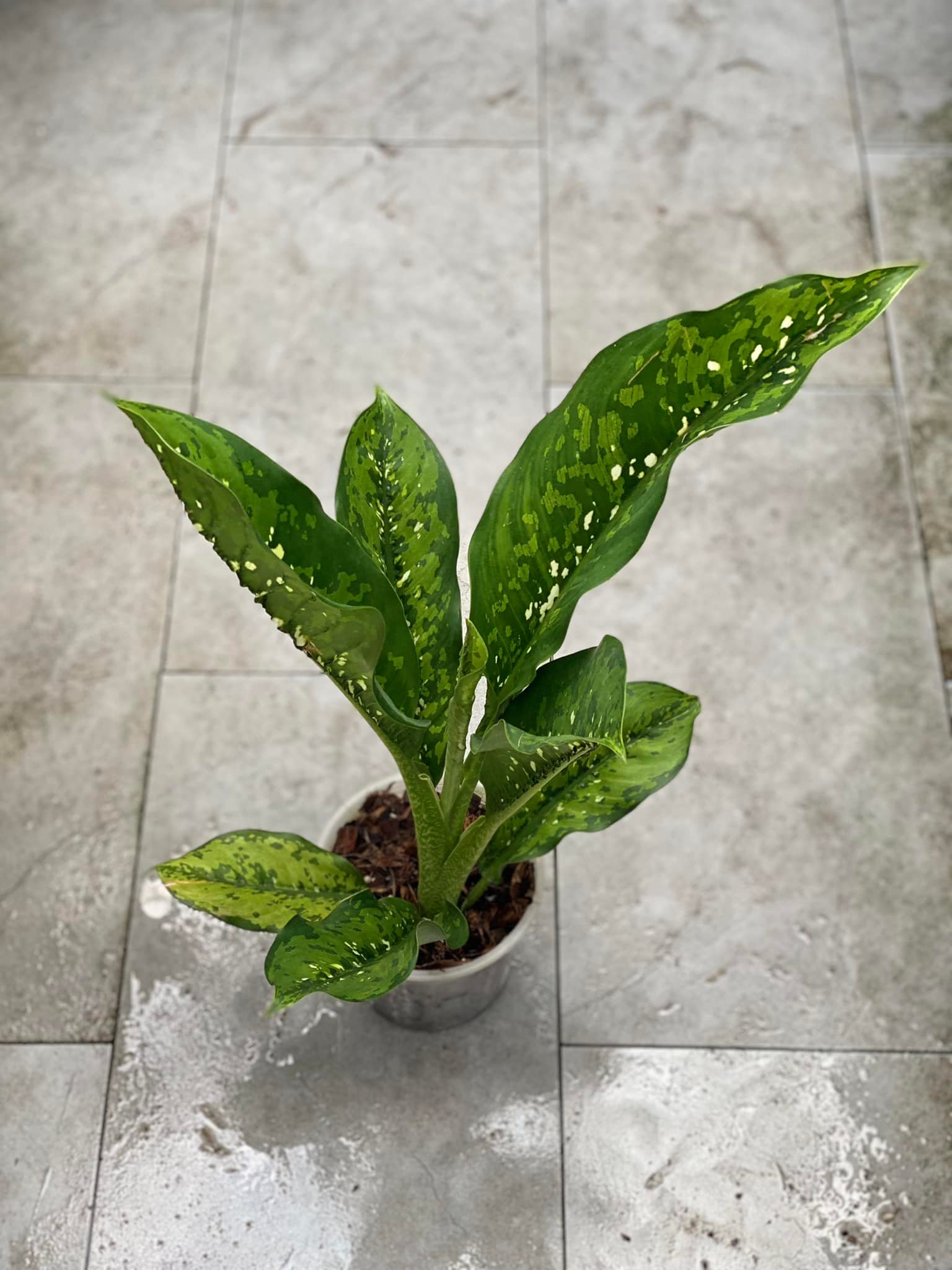
Hoya
Hoya (or wax plant) is a trailing tropical vine with thick waxy leaves. There are many hoya varieties with different leaf shapes and sizes to choose from. Hoyas tolerate low light well, though growth may slow. Their foliage can become darker green or smaller. Bright light encourages faster growth and flowering.
Allow hoya soil to partially dry out between waterings to prevent rotting. Water less often in the winter. Use a fast-draining potting mix and pot with drainage holes. Dust the leaves periodically and prune off any dead or damaged parts. Propagate hoya by taking stem cuttings several inches long. Given medium to low light and proper care, this exotic vine can thrive indoors.
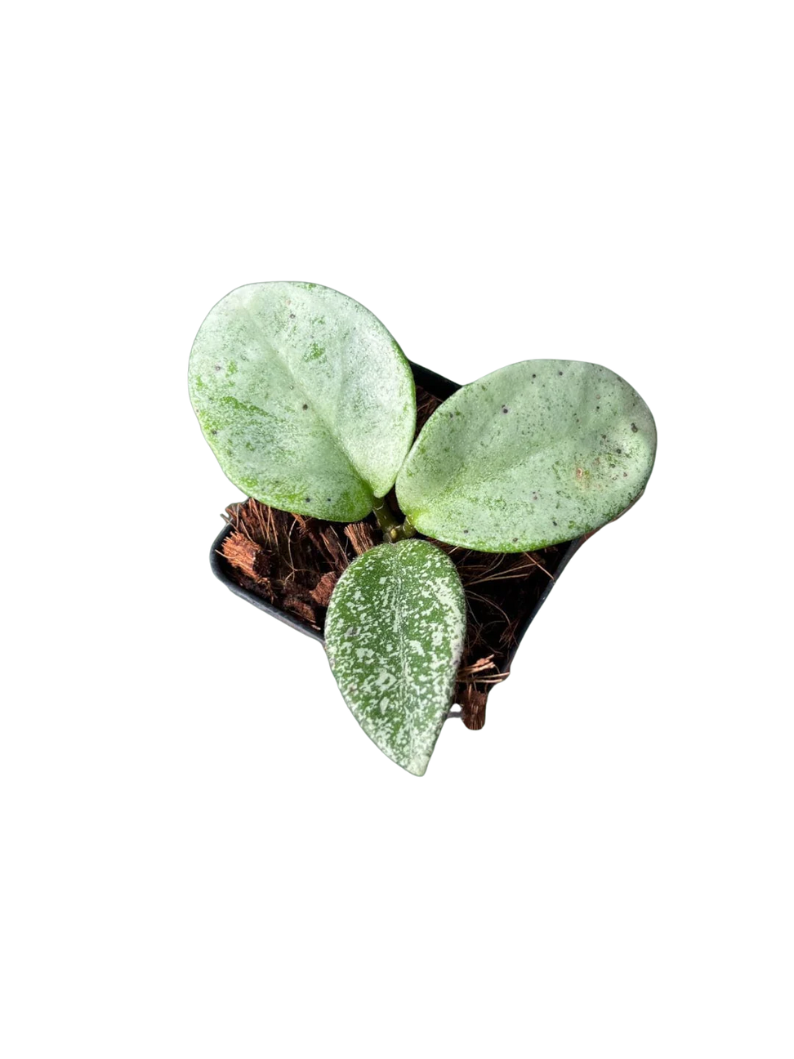
Dracaena
Dracaena is a genus of tropical foliage plants with tall, slender stems and rosette crowns of long leaves. There are many varieties featuring different leaf shapes, colors, and patterns. Dracaena handle low light well, though their growth may slow and foliage lighten in color. Avoid direct sun, which can scorch the leaves.
Water dracaena whenever the soil begins to dry out, but don’t let it become bone dry. Good drainage is key to preventing root rot. Remove any dead or damaged leaves as needed. Propagate dracaena by taking stem cuttings or dividing the root ball. Place in medium to low light and water occasionally, and dracaena will provide beautiful structure and color.
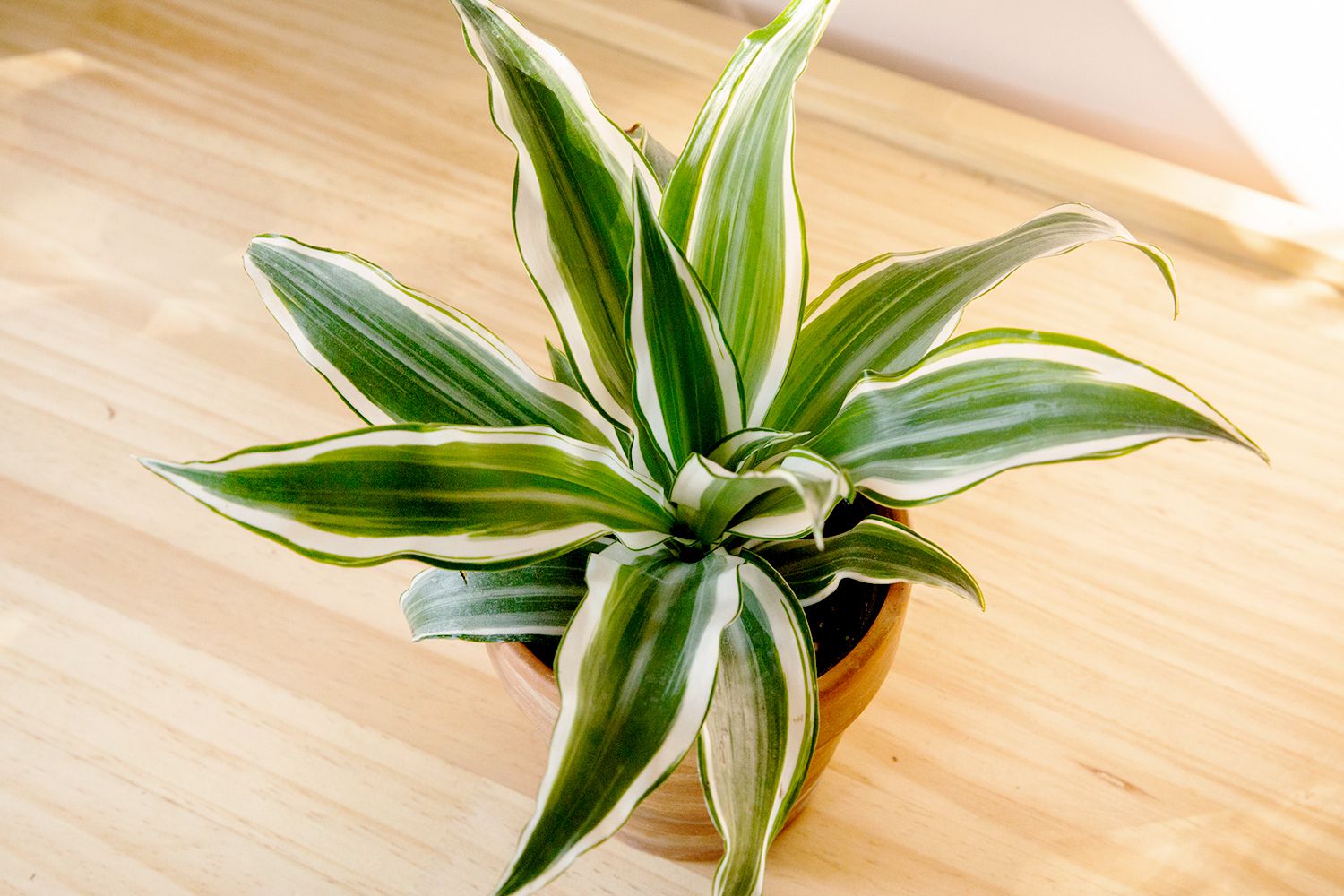
Conclusion
Dracaena is a beautiful and versatile genus of plants that can add structure and color to any space. With their tall, slender stems and rosette crowns of long leaves, they come in many varieties featuring different leaf shapes, colors, and patterns. Dracaena can handle low light well, but it’s important to avoid direct sun, which can scorch the leaves. Keep them watered whenever the soil begins to dry out, but make sure the soil has good drainage to prevent root rot. With proper care and maintenance, dracaena can thrive and bring joy to any indoor or outdoor environment.

